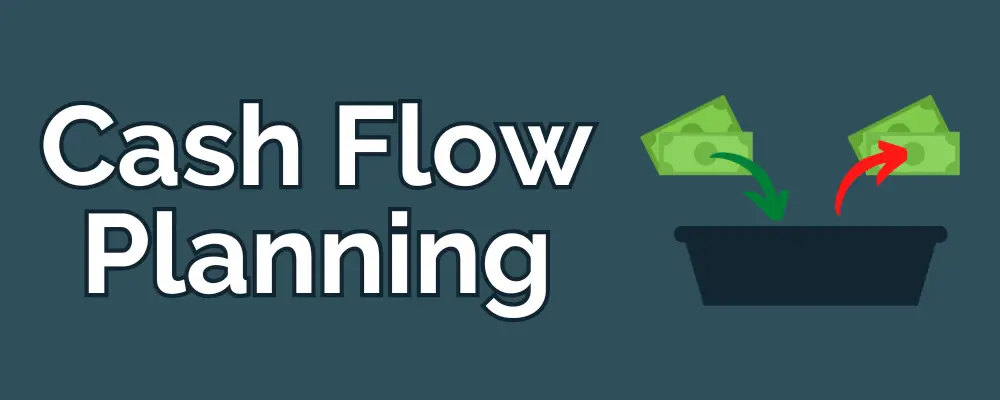Should I Refinance, Re-Amortize, or Sell My Rental Property?
Should you keep your rental property, refinance for better cash flow, or sell and reinvest? This guide walks Canadian investors through ROE calculations, refinancing strategies, and tax considerations to make the best financial decision.





